Mongolia Nomads: Learning About the Culture First Hand
This article may contain affiliate links where I make a small commission for purchases you make from links that you click from this article. By purchasing through these links, you support me at no additional cost to you. Thanks for your support.
Speeding along the dirt tire tracks past camels and goats, the bus randomly stops in the middle of the desert to let a family off where there is no sign of life. The bus lurches up and down as if it were a roller coaster ride, yet there are no screams of excitement among the stone-faced passengers. Instead, the over-capacity bus has all eyes on me; a stranger in the land of Mongolia nomads.
A jeep driver picks me up at the bus stop, points the jeep towards the golden setting sun, and speeds off deeper into the desert, passing animal carcasses and piles of ovoos (a stone offering to the Gods). In less than an hour, we suffered two flat tires and I experienced the lightning-fast pace at which Mongolians can fix mechanical issues.
Table of Contents
Arriving in the Gobi Desert
We pull up at the first family’s ger and children come running out in excitement, which quickly morphs into shyness upon seeing foreigners. Goats roam in the distance searching for what little green blades of grass they can find. I scan our surroundings and wonder how anyone could live in this barren place with no trees or greenery, where the sky seems to swallow you.
The family dog inspects me and allows me to pass, thereby welcoming me into my first of many gers. A ger, the traditional nomadic home of Mongolians, is merely a round tent made of wood lattice and heavy felt panels. A hearth sits in the middle where the cooking is conducted, an altar filled with family photos sits opposite the small door, and the rest of the space is filled with various rugs and boxes.
Everything is done in this one little tent. The family and extended family often sleep with big blankets on the floor at night and then roll them up in the morning and cook their meals in the same place. The concept of privacy or personal space is non-existent. In the desert you can’t even go sit behind a tree for privacy; the Gobi exposes you to the world.
Food of Modern Mongolian Nomads
Upon first entering the ger, I am handed a hot bowl of goat milk tea and bortzig (fried unleavened bread). I immediately slurp the milk to show proper respect.
Milk is king in Mongolia, milk from goats, yaks, camels, and horses. Throughout the trip, I will consume it in all forms: hot, fermented, dried, and churned. Water scarcity in the Gobi means the modern Mongolian people consume hardly any vegetables or fruit. Instead of these succulent foods, over the next week, I will be fed boiled mutton and noodles with a broth of milk.
For a snack, I’ll enjoy bortzig and aarts (sour fermented goat cheese dried in the sun for days until it’s hard as a rock). The Mongolian food is an acquired taste and it leaves me wishing I had brought more cookies with me in my pack. The food is tough and bland, in perfect alignment with the surrounding desert environment.
Ger to Ger Travel – A Way to Learn about Mongolia Nomads
I had arrived in Ulanbatar TK days earlier with one backpack, a Lonely Planet, and absolutely no plans. After a few days of hitting the pavement between guesthouses, looking for a suitable itinerary, and dodging pickpockets, I found my plan. A travel company called Ger to Ger offers trips through Mongolia during which you travel with nomadic families along their routes, stay with them, and interact with their way of life. To top it off, 85 percent of the revenue Ger to Ger collects goes to the families and the communities, allowing them to sustain their way of life.
Learn more about Ger to Ger Tours and Mongolian nomadic life
Before I headed off into the desert, Ger to Ger required that I attend a short cultural briefing, which included tips on how to enter and interact in a ger, as well as instructions on how to accept food, drink, and snuff. Armed with a little Ger to Ger handbook, a tent, a sleeping bag, toilet paper, some cookies, a few clothes in my pack, and two new travel partners, I took off for the Gobi Desert. This would not be a luxurious, highly organized tour; it was real travel. The motive was cultural interaction.
Meeting Nomadic Families
I arrive at the Gundsambuu family ger. They step outside, greeting us as our camel cart deposits us like royalty at the front door. The whole extended family surrounds us wearing big smiles and clean, pressed clothes. In fact, the clothes and their hygiene looked so impressive compared to the other families I had visited that I couldn’t help but think they had cleaned up for our arrival. I shake their hands and exchange names in vain, knowing I would never be able to pronounce their long, complicated, consonant-filled names again.
Entering the ger clockwise, I take the esteemed floor space for visitors just slightly to the left of the alter, at the imaginary 10 o’clock position of the perfectly round tent. Careful not to cross my legs as we were warned against, I once again take the uncomfortable, but culturally correct position of legs bent beneath me. My knees continued to wonder why I was putting them through this torture.
The Gundsambuus were different than the other families. They are herders like everyone else; however, they have an amazing thirst for knowledge and cultural interaction. They quickly take out their tattered papers containing their “gateway to communication,” the Mongolian-to-English dictionary that Ger to Ger provides them.
They begin asking us the regular lineup of questions, “What do you do?” “Are you married?” “Where are you from?” “What are your hobbies?”
Mongolian Hospitality
The men of the ger help us set up our tent in the softest place possible on the thirsty desert floor, while Mrs. Gundsambuu rolls out dough to make homemade noodles for her mutton soup. Granted, mutton soup is the meal we have at every ger, but I anticipate that this soup will be different; homemade noodles will surely give it a whole new, edible taste.
The Gundsambuus are constantly attentive to my needs; I feel as if they are on a mission to ensure I experience everything that Mongolia and the Gobi Desert have to offer. They show me all of their family photos and the horses in the stable—they display wood carving and even put on an impromptu wrestling demonstration. After searching the dictionary feverishly, Mr. Gundsambuu looks at me and asks, “Are you bored?”
Dancing in the Gobi Desert
The setting sun suddenly bathes the desert in soft, pastel, dusk light as if a watercolor painting came to life. We sit outside the ger taking in the spectacular sunset.
Mrs. Gundsambuu stands up and asks me if I want to learn a dance. Before I can answer, she takes me by the waist and teaches me a Mongolian waltz in the middle of the Gobi Desert, a moment that I could have never predicted in my lifetime.
I was dancing in the Gobi Desert.
The next morning, the Gundsambuu family is up early preparing the small Mongolian horses for our journey to the next ger. I take pictures and promise to send them via Ger to Ger so that my stay will be a part of the next traveler’s welcoming.
I mount the tiny wooden saddle worrying about how my behind will handle the next 20 km in this uncomfortable position. However, any discomfort is quickly forgotten as the entire extended family walks with us and our horses all the way to the property line, waving goodbyes as we trot off into the Gobi nothingness.
Nomadic Mongolian Herders
The Ger to Ger handbook introduced the Batbekh family as a herding family, with two daughters and one son. They enjoy milking camels and singing songs. The descriptions seem to be the same for all families in the handbook. However, each family I visit has a unique personality.
As we approach, I survey our new location; a few camels, a small fenced-in area with a few goats, and one ger looking so solitary it is sad. The ger is located in an unforgiving flat part of the desert. The wind howls with no impediments, free to blow wildly. Two young girls followed by their mother come out to greet us. I enter the tent, the father is sitting at his 12 o’clock position by the alter. I take my 10 o’clock position and slurp warm camel milk when it is handed to me.
This ger is different; it’s sparse but colorful. There are no beds, no little cabinets, and no family snapshots. This family works hard for everything I see around me.
I watch as the father methodically gets out his colorful, silken pouch, produces a snuff flask, and passes it in my direction. Thankfully Ger to Ger training had prepared me for this and I had practiced how to receive and pass on the snuff bottle properly. I go through the motions; my left hand holds my right elbow and I reach out with my right hand and our palms exchange the bottle in a fluid motion, as if I were accepting a bribe. I open the bottle, take an obligatory whiff, and pass it along.
Learn some surprising things about the Gobi Desert
Lending a Helping Hand to the Families
The youngest daughter chatters to everyone non-stop in Mongolian as if we understand her. She flits around with a big smile on her face, entertaining everyone. We draw pictures and she sings songs.
As we settle into our new environment, the family goes about their chores, allowing us to relax. I go outside to get some fresh air and see the two older children filling pails with goat and sheep dung hardened by the desert sun. Since I immediately felt like a part of this Mongolia nomad family in harsh conditions, I pitched in and helped gather fuel for our hearth.
Soon the whole family starts to round up and separate all of the goats in a seemingly random order. Yet like everything, there is a method to the madness. They are separating the goats from the sheep and the males from the females. The father ties the goats up head to head, forming a perfect milking line. Each person in the family has a pail and starts the long daily task of milking about 40 goats.
This was another opportunity for me to get my hands dirty—literally. I help milk goats, and the kids laugh at me in excitement, as I’m quite slow and inaccurate. But at least I’m making some progress. My work leads to immediate gratification; I have fresh, thick milk for dinner over my mutton. Maybe this culture is seeping into me more than I know.
An evening of song and dance with the children ends with the kids walking with us hand-in-hand out to our little tent pitched next to the family ger. They squat next to me and watch me brush my teeth as if I were doing magic tricks.
Modernizing Mongolia Nomads
In the morning, I wake up to the mother singing the English songs we had taught them the night before. I realize these songs will be the entertainment for the family in the weeks to come. This sharing of cultures sets change in motion.
However, change was already set in motion in modern-day Mongolia on some levels. Even though life moves slowly in the Gobi, the pace of change is evident; a young boy wears his LA Lakers basketball jersey next to his father in traditional herder attire, and motorcycles replace horses as they herd goats in the desert. Solar panels are perched on ger roofs, providing enough energy for a little battery that allows a light bulb or television to come to life.
The Batbekh family lines up for a family photo outside their simple ger. The mother takes my hand and walks me to the horse cart still humming the English songs.
I sing along with her, aware of my hand in hers. In her broken English, she says, “Goodbye, my sister” and squeezes my hand. I climb onto the wooden cart. This barren desert is welcoming, thanks to these fascinating nomadic people.
View the People of Mongolia photography

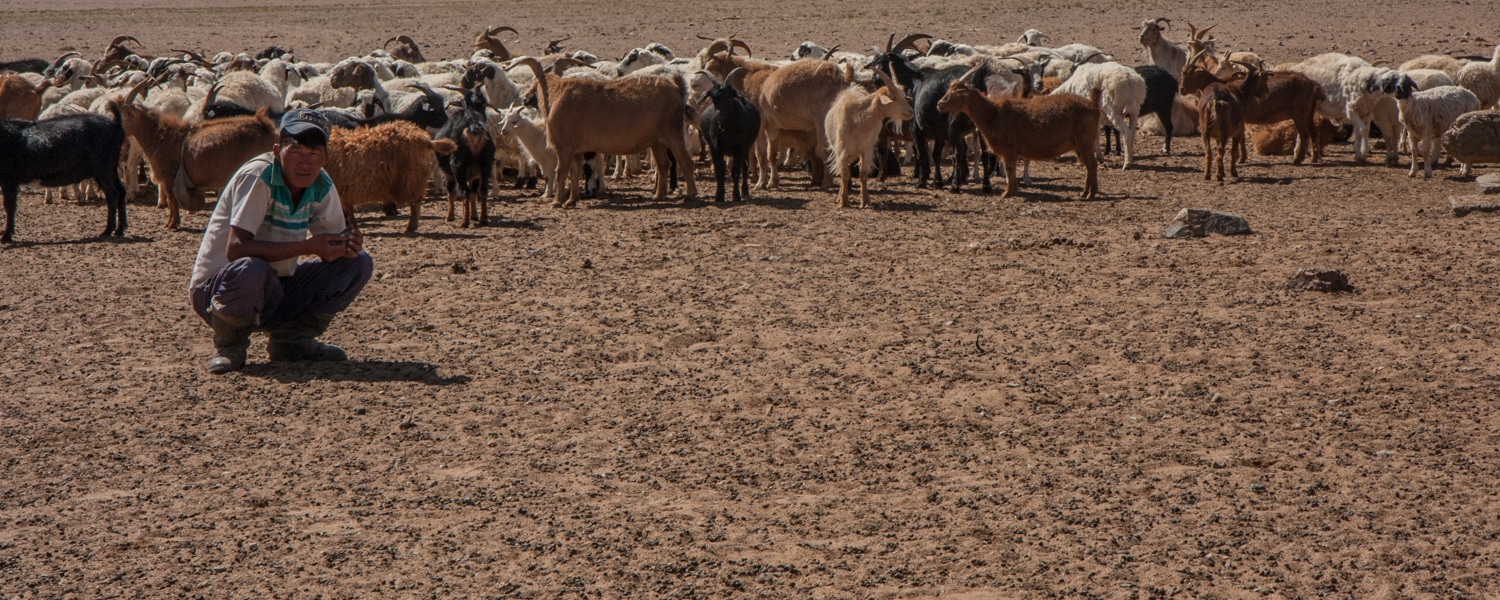
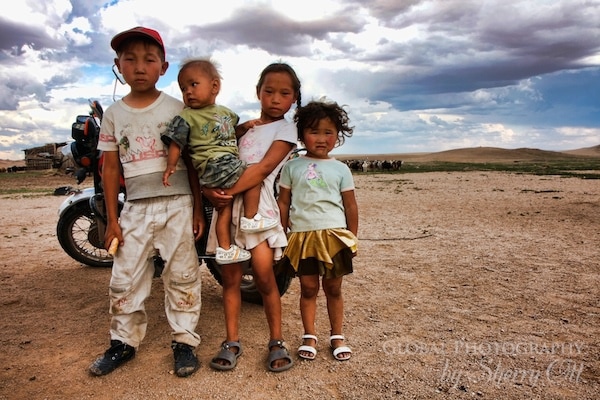
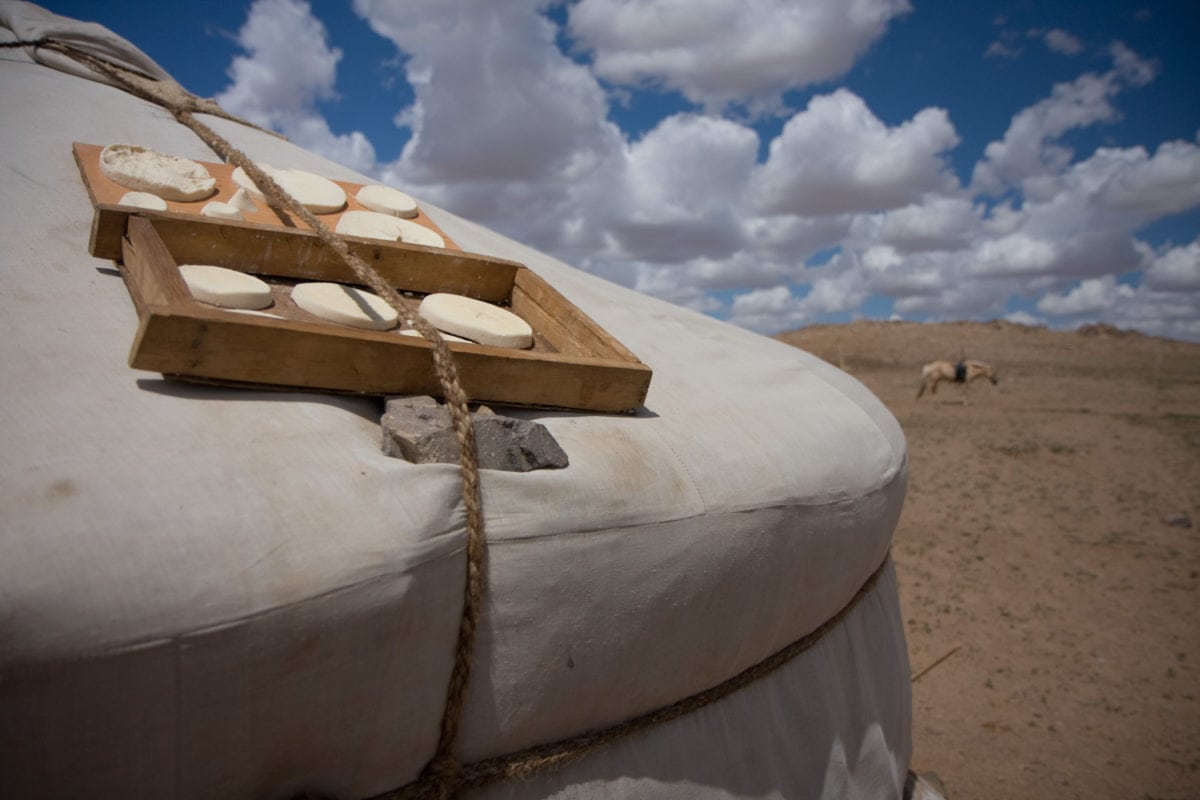
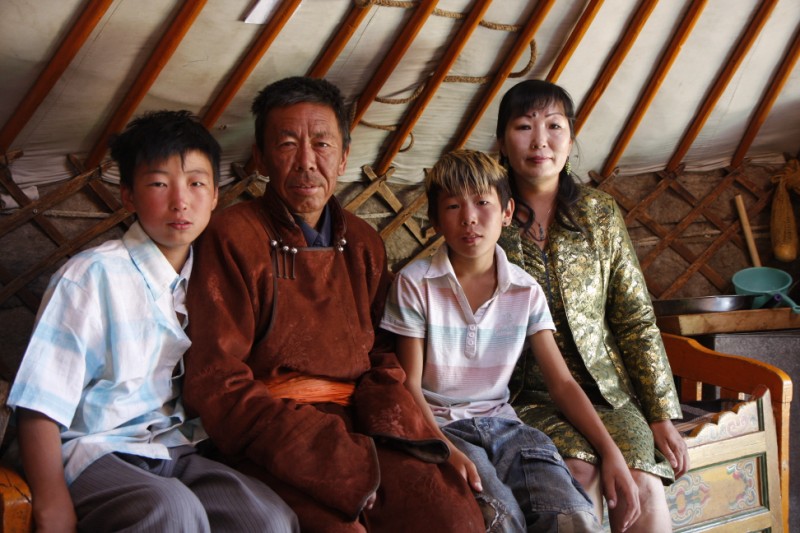
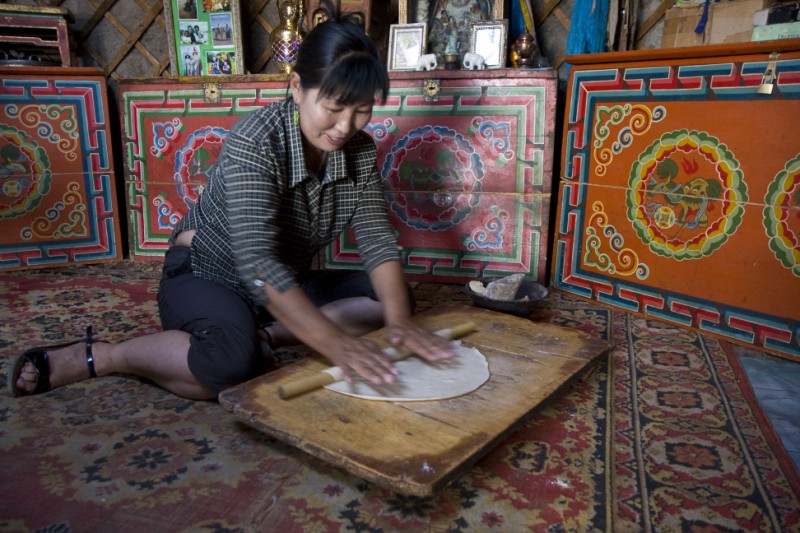
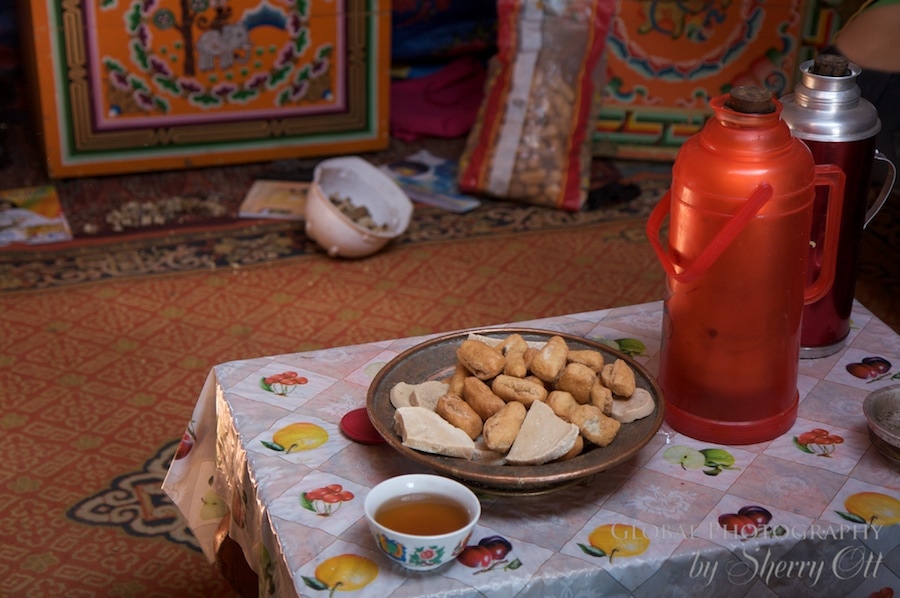
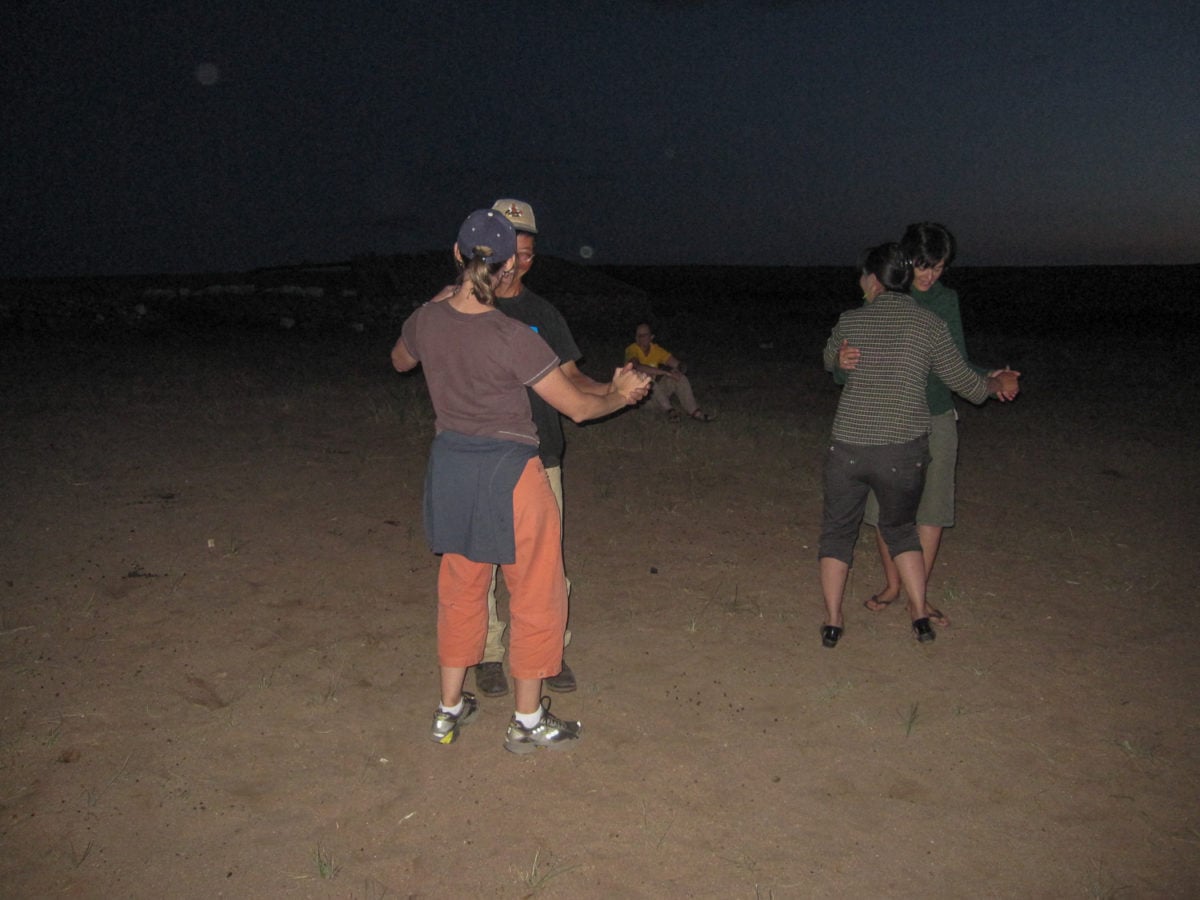
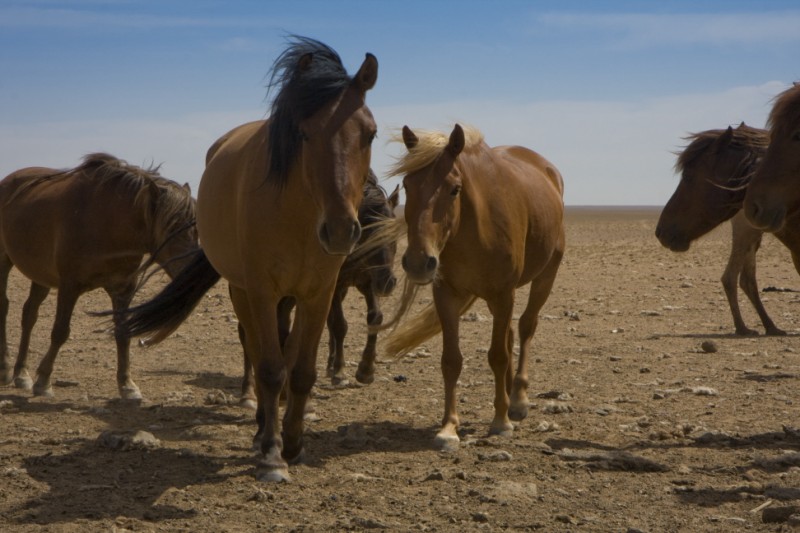
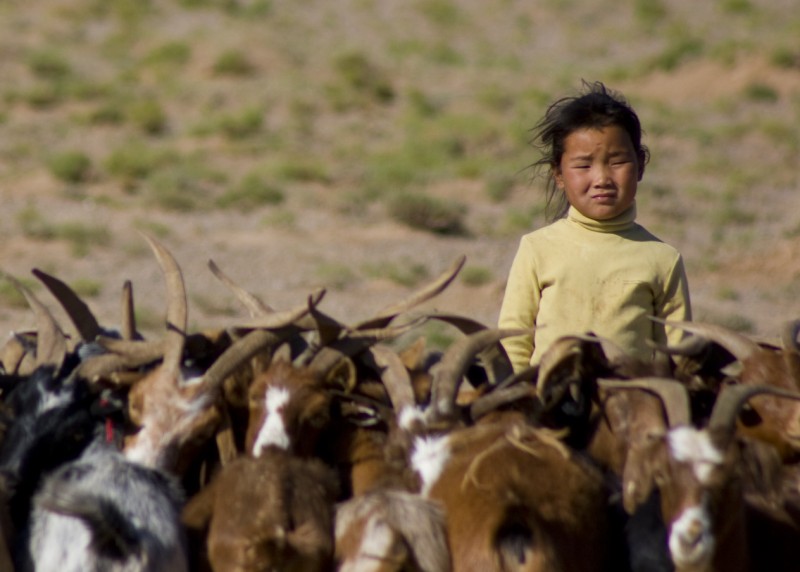
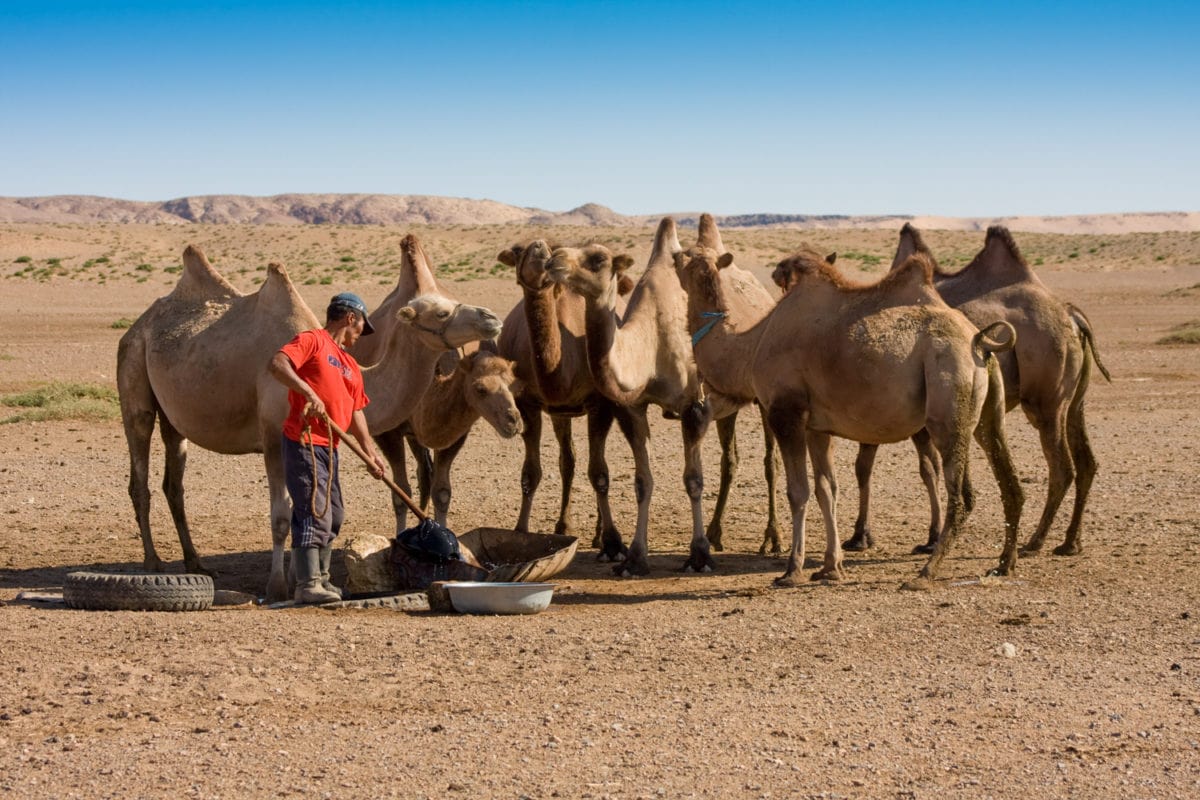
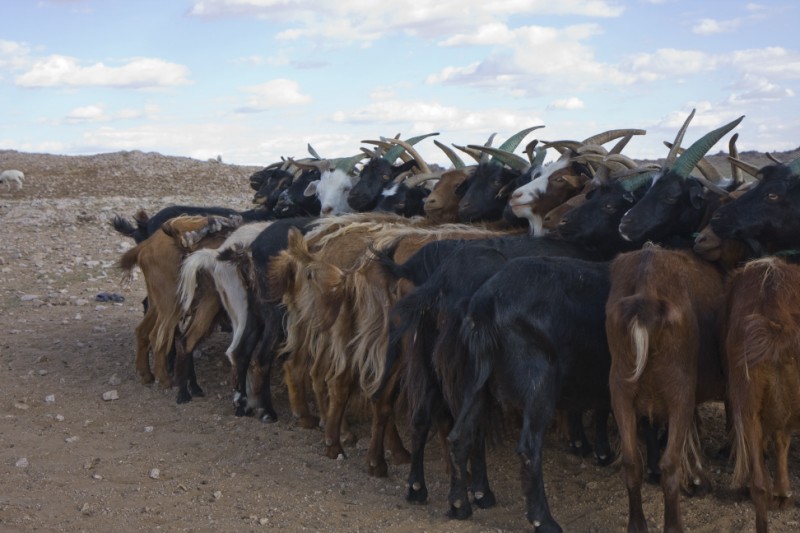
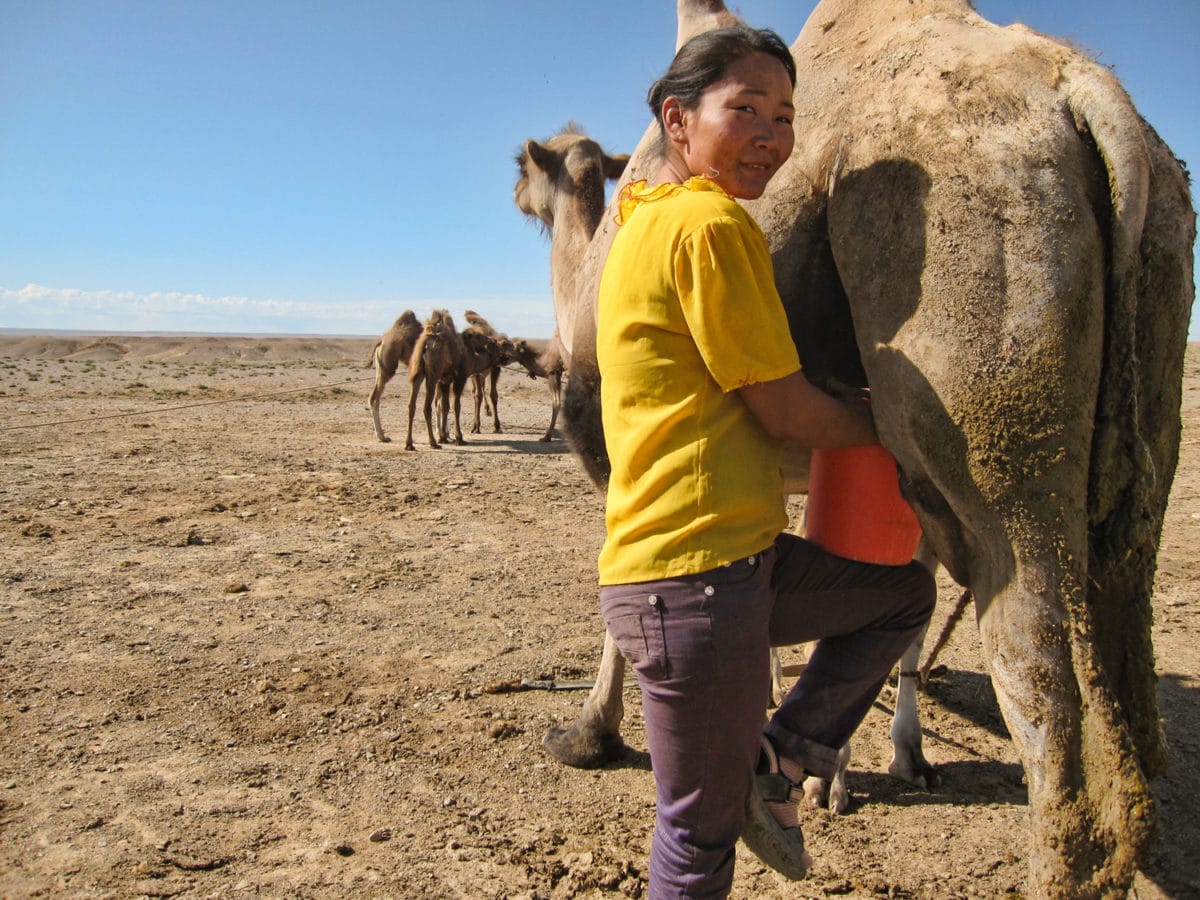
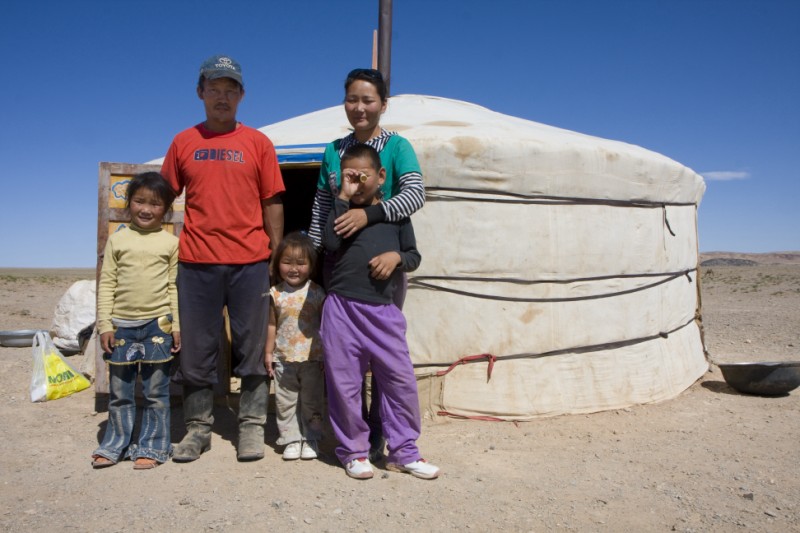
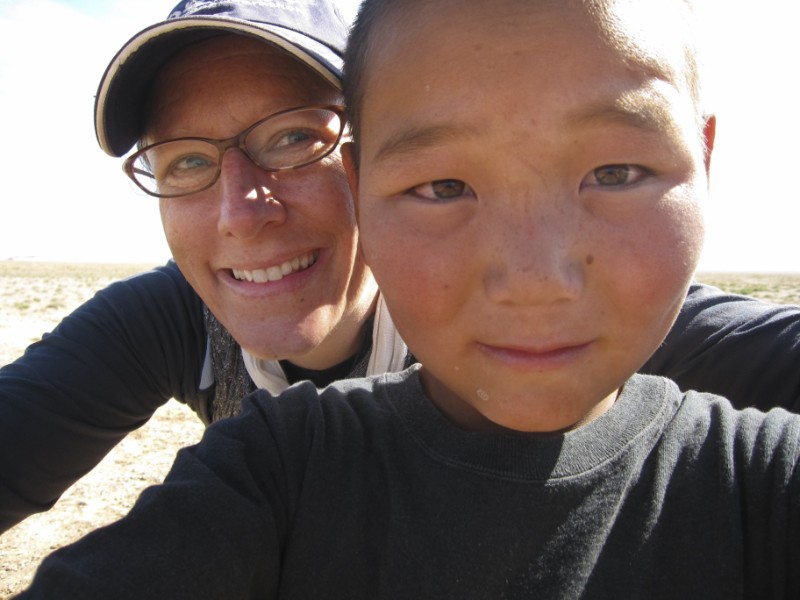

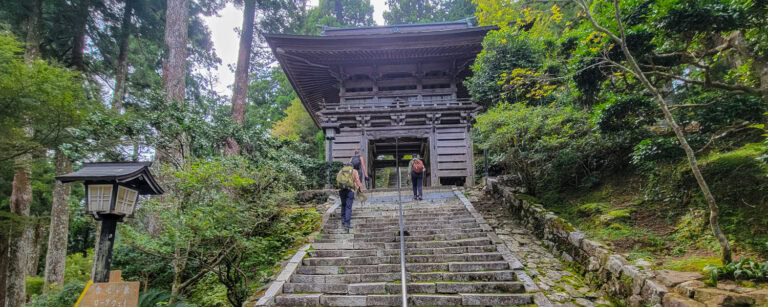



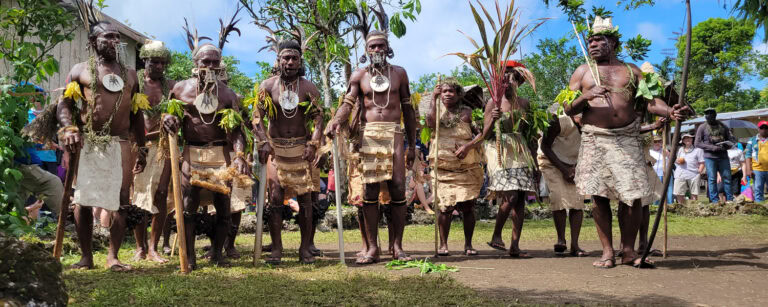
What an amazing article! I could taste the milk and feel the unimpeded winds. I must find a way to go to Mongolia, although I detest the taste of milk and will have to figure out a way around that.
Reading this article about traveling in Mongolia makes me feel as if I’ve been there. Wish that were true.
This is a beautiful piece! Thank you for taking us on this journey through the Mongolian Desert. Bravo!
@Barbara – I have no idea how you could avoid milk in Mongolia! It’s more plentiful than water in the Gobi!!
Loevley to hear about those different families, as you say, they add warmth to the barren desert. Not sure I could last long on a diet of mutton soup and milk though. I’m impressed that you had so much instructions in the cultural nicities.
Sounds like such an incredible experience, you have to tell me what camel and yak milk are like? Are they anything like cow’s milk?
@johnny – the only way I can describe camel and goat milk is that it’s tart/sour – at least the stuff that I was given. However it’s an acquired taste as you do get used to it after a while. I’m sure the Mongolians would think that cow milk has a weird taste at first too! Didn’t try any yak milk in Mongolia – but have had it in China – not bad at all. Regardless…Milk does a body good!
Great post and I like the pictures.
This is such a wonderful story where I actually felt like I shared the experience with you. Thank you!
great pics! stumbled upon your blog and really enjoyed reading it!
Wow, amazing story. Thanks for sharing this!
I am a college student in Oregon, studying film arts. We were recently shown “The Story of the Weeping Camel” I am attempting to write a paper on this film and can’t find the name of the song that was sung to the camel. I am hoping to find the name, and possibly translate it. Can anyone help me? I would appreciate it very much. Colleen
colleyn09@yahoo.com
Sorry – but I haven’t seen the movie – so I’m of no help! Good luck though…
Great article about a place I’m dying to go! My brother was there last year and I have since been very jealous. Thanks for sharing.
I hope you make it there – it’s one of my most loved countries!
We have just finished our Gobi desert tour in Mongolia. It was some of the most beautiful landscape we’d ever seen, especially the Tsagaan Tsuvraga – a particular highlight for us.
Your information was really helpful. I am writing a YA novel about two kids who spend time with some desert nomads. This story takes place in a medieval setting. I wondered how such people found water in the desert. You have given me great insight not only in the fact that they don’t use much water, but some of the customs as well. I found it especially interesting about where one sits in the ger. It will certainly add flavor and a sense of realism to my book.
Thank you so much.
Very nice article. I’m Mongolian. But, I have never been to Gobi desert. I could only imagine how lonely and quiet Gobi desert is. As for food, because of scarse resourse in Gobi or countryside in general, mutton soup and milk could be the main food in countryside. Camel milk is popular in Gobi. However, in the city or northern part, people drink cow’s milk. You must be a very courageous lady. I couldn’t even last a day in Gobi or countryside eventhough I’m mongolian. Thank you for sharing your story.
I am in fact thankful to the owner of this web page who has shared this enormous article at at
this time.
Thank you for sharing your adventure to Mongolia and the Gobi desert. I am going to Mongolia and the Gibi in September and I am trying to learn all I can about their customs. Your article has been a great help
Betty – I think you’ll love Mongolia – it is my favorite country! And I loved the Gobi Desert and using Ger to Ger for a really in depth cultural experince. However, it wasn’t luxury – it was really basic…and real. I have a friend who’s going next week to Mongolia – you may want to follow her blog in the coming months as she’ll have info on the culture there too that is really recent! https://theinsatiabletraveler.com/ – check her out – she’s a wonderful photographer too.